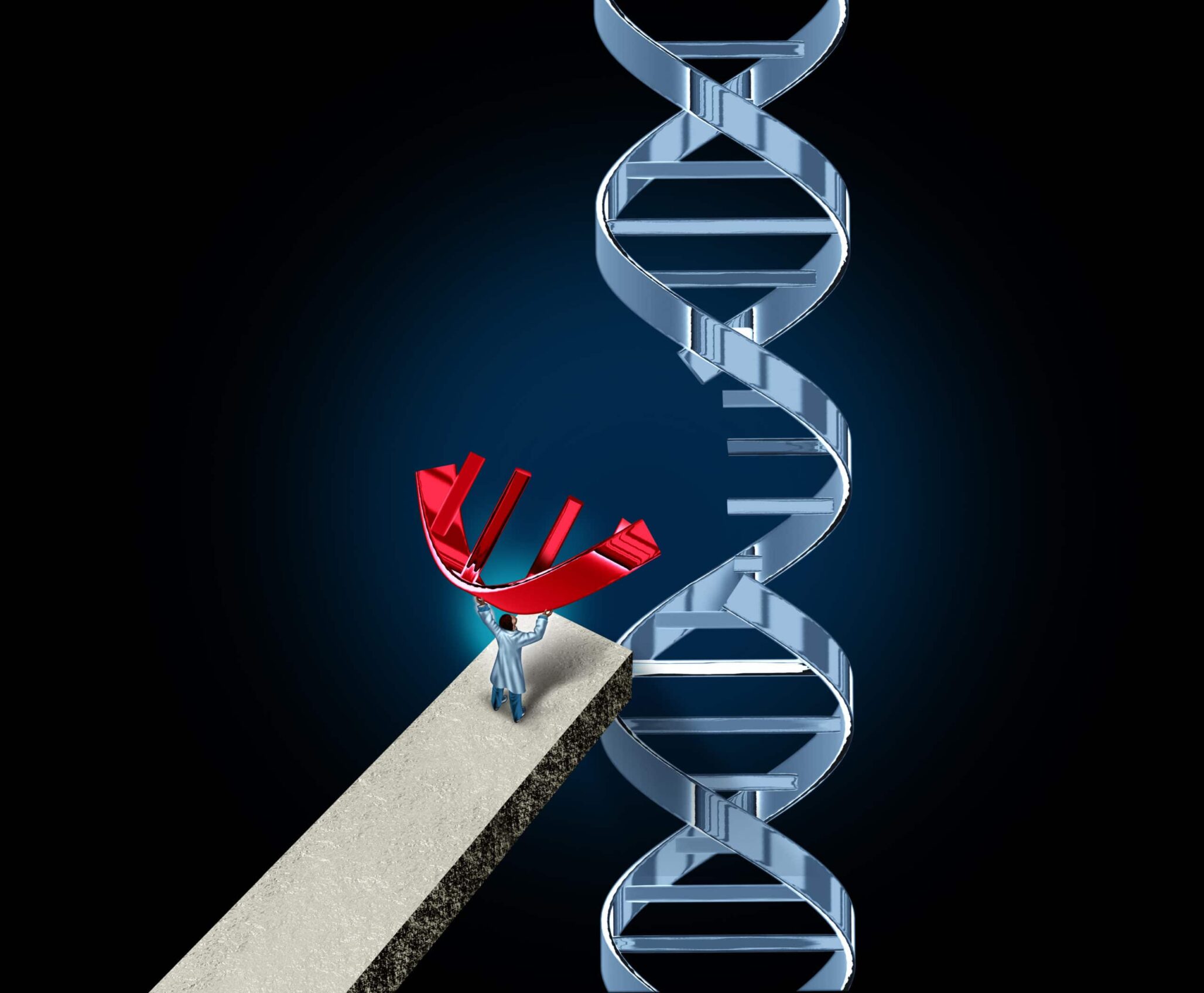No matter the path taken to get there, one goal for corn breeders remains the same: developing hybrids that can lower costs and increase yields for farmers. As the number of paths to reach that goal grows, industry experts say so also may opportunities for greater success.
Traditional breeding, together with biotechnology, has allowed researchers for the past couple of decades to develop corn hybrids that not only yield well, but also offer defensive traits and better nutritive qualities. Scientists can insert genes into corn plants, screen the resulting offspring and choose plants where the modification provides sought-after traits. The process reduces the amount of time it takes to develop desired characteristics compared to traditional breeding.
More recent innovations are cutting development time even further. Gene editing allows breeders to make changes within a plant rather than insert extra genes into a plant. Zinc-finger nucleases (ZFNs) provide targeted genome modification, binding novel DNA sequences with high sequence-specificity. Transcription activator-like effector nucleases (TALEN) cut specific DNA sequences to modify genomes. CRISPR technology is another option.
“CRISPR shows even more promise, especially since it’s been run up the regulatory tree. Federal officials have confirmed scientists were able to knock out the gene causing yield drag in waxy corn using a natural analog,” says Nathan Fields, director of biotech and crop inputs for the National Corn Growers Association (NCGA). “If we get gene editing tools to market with less regulation and manage public perception from the start, we can take advantage of these natural variations and implement them in high-yielding corn hybrids more quickly.”
CRISPR works with a segment of RNA called the guide RNA, or gRNA. The gRNA is able to identify homologous segments in the genome, and the gene editing is done during the subsequent DNA repair process. Benson Hill Biosystems, which uses cloud biology to unlock genetic potential of plants, recently launched CRISPR 3.0, a novel family of Cms1 nucleases.
“CRISPR 3.0 expands the portfolio of genome editing capabilities… to leverage natural genetic diversity of plants and develop more nutrient-dense crops, improve crop productivity and use natural resources more efficiently,” says Matt Crisp, CEO and co-founder of the company.
Benson Hill Biosystem’s computational platform, CropOS, combines powerful data analytics and machine learning so companies can more efficiently and cost effectively access advanced seed innovation tools. CropOS uses breeding, transgenics and genome editing to look at breeding populations and genetics to pinpoint hybrids that will perform in a range of conditions.
Meanwhile, Kaiima Bio-Agritech Ltd. has developed a non-GMO, EP technology platform that is being evaluated in Beck’s proprietary corn breeding program. EP technology is a breeding tool that enhances plant performance by inducing novel diversity within the genome, using the plant’s own DNA. Technology benefits include increased yield, improved tolerance to biotic and abiotic stresses and less product development time. In three years of trials, Beck’s reports EP technology has proven it can create genomic changes for high-yielding hybrids.

Medina adds scientists are moving toward targeted, instead of random, recombination. “Gene editing will enable us to precisely maximize gene expression by generating new, higher quality phenotypic diversity at the gene level,” he says.
Old School Support
While gene editing may have a bright future, Rex Bernardo, University of Minnesota professor and endowed chair in corn breeding and genetics, says hype and excitement about new technology often precedes scientists really learning what all a technology can and cannot do. “We know gene editing can be useful if applied to a known gene with a large effect, but most genes for grain yield in elite corn have small effects. So, we must wait and see what all can be done with gene editing tools,” he says.
Bernardo, whose main research focus is to use DNA markers to breed for complex traits like yield, believes advances in corn breeding come from three things; now-routine use of molecular markers, doubled haploid technology that more quickly produces inbred lines, and year-round nurseries and greenhouses that allow three to four generations per year.
“Breeding is a three-legged stool. The seat is the new hybrids, which are supported by the legs; good breeders, good germplasm and good resources,” he says. “In the future, the germplasm leg of the stool will become more important. Breeding companies use the same methodologies and all have good people. Base germplasm will be the limiting and distinguishing feature.”
Medina says breeders must increase their ability to characterize germplasm to exploit the full potential of new breeding tools. “We are characterizing germplasm better than ever before. Leveraging our global germplasm library allows us to increase our genetic gain and maintain it long term,” he explains. “From high throughput data collection platforms, to automated imaging, partnering with companies with the latest technologies enables us to derive greater value from data and is critical for gaining and sharing powerful product insights with growers.”
Future Data Focus
Researchers predict more growth along the corn breeding technology path in the future. Medina notes that when he considers the status of current technologies, along with an increased ability to predict parental breeding value, origin breeding value, and untested individuals breeding value through genomic selection and advanced predictive analytics, the result is opportunity.
“We can integrate traits earlier in the pipeline which allows our organization to test products longer in the field and in more diverse environments leading to better product recommendations,” he says. “We have opened the door for breeders and scientists to find novel breeding techniques and data analyses that will push the value of our products even further.”
Medina predicts the industry will use increased computational power and artificial intelligence. Just as in a chess tournament where amateurs playing with three PCs beat grand masters and super computers, the seed industry may coach machines toward more useful intelligence.
“The traditional corn breeding role in the future will be to provide coaching to our computers and algorithms to enable us to drive our ability to increase genetic gain in our traits of interest while maintaining genetic diversity to overcome the future challenges of agriculture,” says Medina.
NCGA’s Fields expects massive consolidation among ag companies with large research and development engines to have an impact also. “They are more focused on development. Research gets less of a push, so research must come from the innovation community,” he says.
Traditional corn breeding will not go away, either. “Gene editing must be kept in perspective and understood, but not oversold, until it has acceptance and a regulatory green light,” he adds.
“Yield will remain the top driver for corn breeding advancements,” says Bernardo. “But also, importantly, advancements will only be as good as the breeders we educate and train to do the research. These people increasingly must know more than breeding; they have to manage people and budgets, and we must prepare them to succeed in a team environment.”













